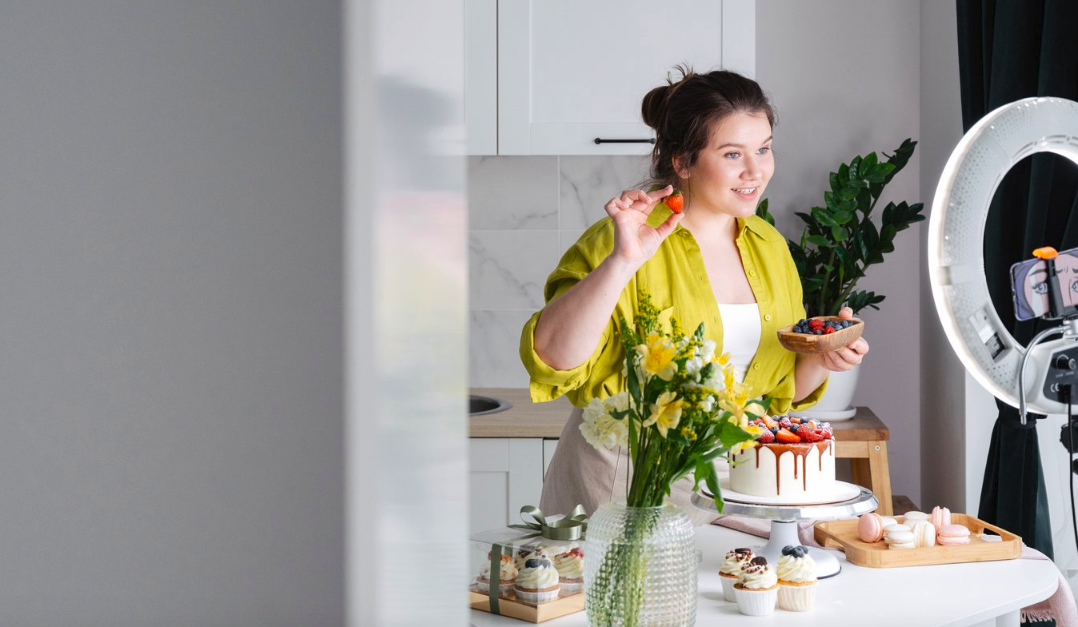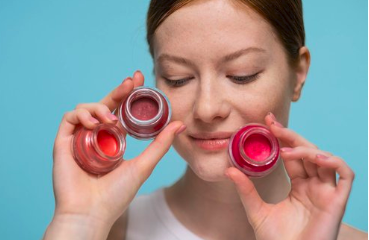The brief
When tequila brand Jose Cuervo launched the world’s first ready-to-drink Sparkling Margarita – a refreshing new version of the much-loved cocktail – Proximo Spirits selected Awaken to challenge convention and create a media campaign like no other.
With aggressive targets, including selling 56,268 cases of Sparkling Margarita and stealing two drinking occasions from competing products, our client required a media strategy to successfully launch the new brand and quickly and make it THE go-to drink for summer socialising.
While this campaign seems straightforward, it was anything but – media was briefed, booked and launched during COVID-19 lockdowns when a carefree summer with friends was far from certain.
Our research
Awaken conceives media strategies that genuinely connect with consumers. We invest time to deeply understand and effectively engage with them.
We used focus groups to identify that the product would appeal to a younger (25–34-year-old) demographic already enjoying tequila and pre-mixed white spirits and pinpointed a female skew in those likely to trial Sparkling Margarita.
With our target confirmed, we harnessed our research portal to deeply understand the audience, confirming they were likely to be single, educated and progressive, living an aspirational lifestyle and enjoying going out frequently, stay-at-home orders permitting.
They spend substantial time online, including when they’re on-the-go, having grown up with the internet and smartphones.
We tapped into research confirming they craved a post-lockdown summer with friends, where they’d press pause on binge-watching content and reconnect in the physical world.
The media idea
The Sparkling Margarita campaign was the perfect opportunity to demonstrate our knack for being bold, clever and strategic.
Alcohol brands traditionally adopt a ‘safe’ approach for product launches, relying heavily on outdoor media to drive awareness and consideration.
Our media budget was small compared to Sparkling Margarita’s competitors’ typical summer spend, so we decided our plan would intentionally avoid the channels used by competing products.
This meant being inventive when we crafted our central media idea.
Our client seized the opportunity to create a drink that research said Australians were craving – a refreshing, convenient, flavourful serve matched to a summer outdoors socialising. We leveraged audience insights to construct a complementary strategy serving relevant and refreshing advertising in context.
Our central media idea tapped into our client’s desire for Sparkling Margarita to become THE in-home drink consumed while getting ready to meet up with friends – whether at a Friday night venue or virtually when stay-at-home orders were in play.
We translated this idea into our strategy by focusing on opportunities to connect with our target audience in the key moments when they are getting ready to go out.
As we dived into research, we identified a correlation between our predominantly single audience and dating apps. It naturally made sense to expand our strategy, targeting in-home moments where people were getting ready to meet new people.
The plan
Our plan prioritised high-impact digital formats to achieve national reach and frequency through brand-building, including partnerships, sponsorships, takeovers and skins to drive top-of-mind awareness.
We cleverly wove channels and components together to surround people in contextual, getting-ready moments, including sponsoring the Spotify playlists they were listening to, taking over Pedestrian TV when they searched for entertainment, and placing playful profiles for them to consider in their Tinder swiping.
We extended our plan to connect Sparkling Margarita with our target audience when they were out socialising and sharing their moments using Snapchat, Instagram and Facebook, also driving consideration and action with link clicks.
As our media idea centred on context and proximity, it was critical that the creative matched our thinking. We worked closely with creative agency Mango to devise creative for each channel, with clever straplines conveying Sparkling Margarita’s authentic, more interesting personality.
In another departure from traditional category thinking, we recommended retail-focused creative, prioritising the product to ensure our advertising cut through.
Given that our plan was secured and bought when Australia was still battling COVID-19, with no end to the pandemic in sight, we deliberately crafted a strategy that could be adapted quickly.
We knew our media plan required an outdoor presence through summer and took a calculated risk to book contextual media, adapting our media idea of connecting with friends.
At the time our plan was booked, people were able to meet in small groups outdoors. This became a cornerstone of our outdoor media plan. We secured placements around parks and beaches to reach people meeting in friend bubbles if restrictions were still in place at launch.
Mindful of public health orders’ impact on people’s movements and their path to purchase, we secured outdoor media close to retailers to connect our target audience with Sparkling Margarita as they travelled to shop. This also ensured we would avoid the clutter of competing products within retail spaces to maintain aided awareness, drive consideration and purchase.
We emerged from lockdowns as the campaign launched, so we quickly pivoted our outdoor plan, securing placements close to reopening venues.
We used our real-time dashboard to constantly optimise, for example adapting creative when we discovered that men engage with Tinder at a higher rate than any other channel.
We’re masters of the pivot, never afraid to shift direction if it means securing a better result. Adapting to take advantage of opportunities was the success driver of our strategy.
Success and effectiveness
Our media idea and plan delivered exactly the results our client required, including:
· Sparkling Margarita sales significantly exceeding target by 33%
· Generating 47,394,489 campaign impressions in total
· Achieving 155% of target impressions with paid social activity –
· Creating 114% impressions and 134% clicks via paid media activity target –
· Bettering our cost targets for Spotify, Tinder, Snapchat and Facebook, demonstrating these platforms’ effectiveness for product launches
· Reaching 2,800,000 people and achieving a 10.1 frequency average with our calculated outdoor plan, exceeding our reach targets, despite pedestrian traffic remaining low during the campaign period due to COVID-19.
Proximo Spirits was amazed by the impressive results of Awaken’s media strategy; they’ve already planned a similar channel strategy for 2022.

























